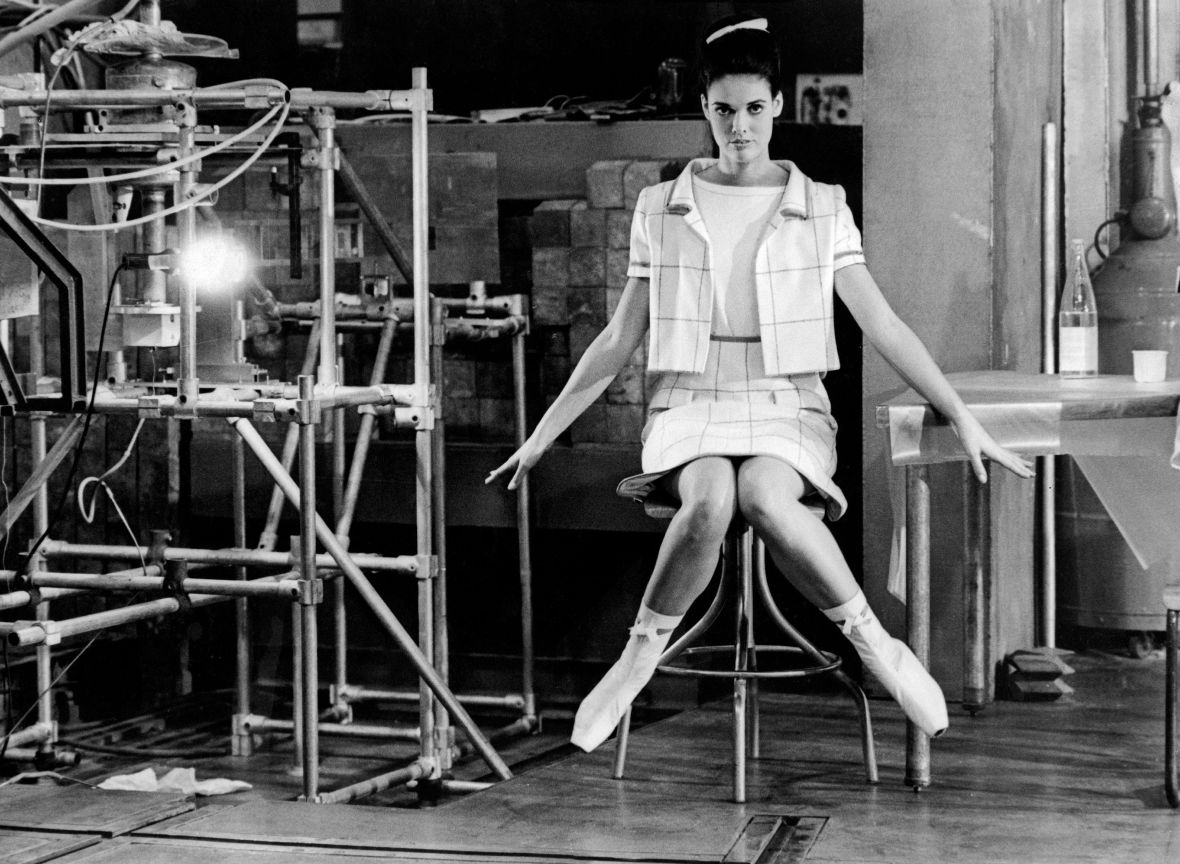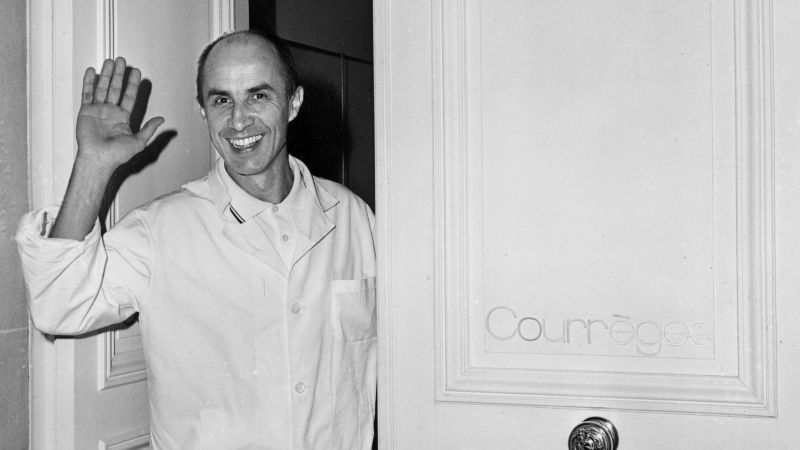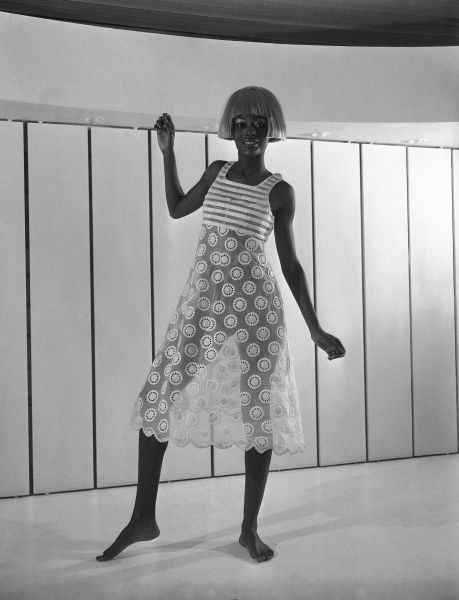French designer André Courrèges, whose futuristic dresses, bold glasses and go-go boots inspired a horde of imitators, has died at 92.
Courrèges died after three decades of living with Parkinson’s disease, Vogue says.
The designer studied engineering as a young man, before turning to fashion and textiles, the Victoria and Albert Museum writes. He worked at Balenciaga for a decade before launching his own fashion house, with the help of his wife and business partner, Coqueline Courrèges, a designer who was also mentored by Balenciaga.

His company’s website provides a pithy rundown of his early accomplishments:
“Opens his couture house in 1961. Thanks to him, women discover pants in 1963. Revolution in 1965. Miniskirt.”
Hyperbole aside, Courrèges certainly did help transform women’s pants from casual clothing to a haute couture item.



9(MDAxOTAwOTE4MDEyMTkxMDAzNjczZDljZA004))

